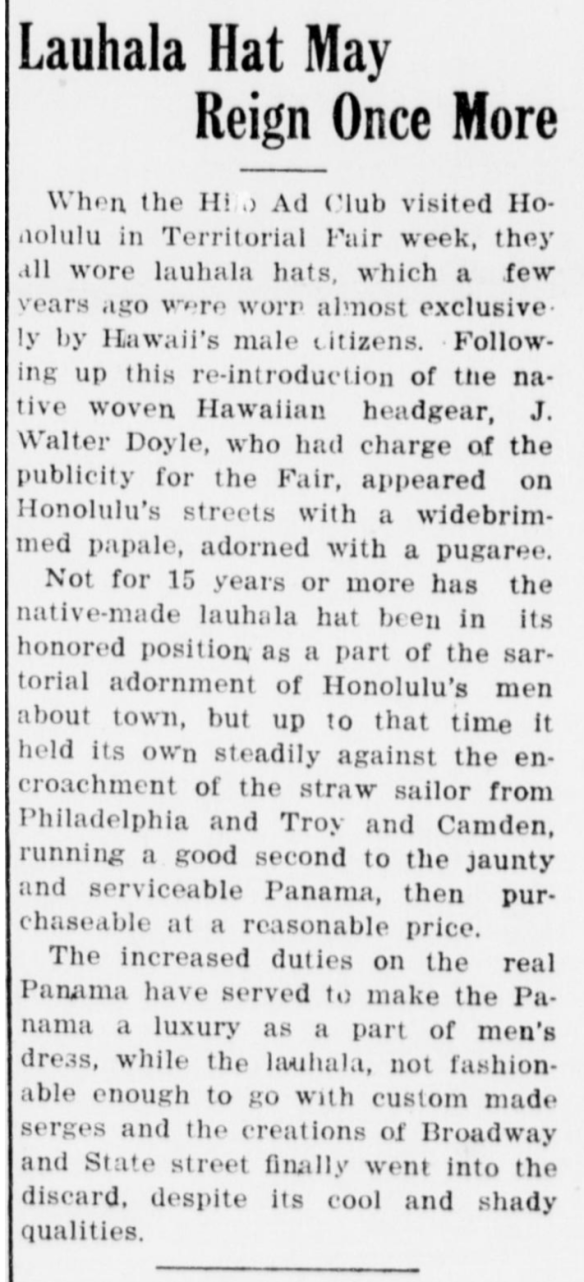Hoky Poky Wanky Fong.
Minister De Long in Japan has gone back on us. He washes his hands of the isles, and says no more Sandwich for him, as it is too strongly peppered with coolieism to suit his moral stomach. He is the blarneying ambassadorial Barnum, who tried to make a puff and pelf by showing around Mori and the princly Japs; but those chaps, and Mori said no more, do we belong to De Long, and told him to get along. And now this rough in Eastern diplomacy, this bull in a China shop, has to return to his old pastures and stamping grounds; and so, like a retiring politician in our latitudes, he wants to go home with a good record, by throwing overboard heathen Hawaiian. This made our Bohemian sing in this wise:
Oh, have you heard the news of late?
About a canting diplomate,
Who says no Coolies shall be ate
By the King of the Cannibal islands.
Hoky, poky, wanky, fong,
What a canting guy this old De Long
Who swears that he can never get along
With the King of the cannibal islands.
He’s got in the East a tawney slut
And one in the West of a double smut
But with a wahine he never will put
Up in the Cannibal islands.
Hoky, poky, wanky, fong,
Chink is the thing will shove him along
And make this canting guy go strong
For the King of the Cannibal islands.
(Nuhou, 4/15/1873, p. 3)

Nuhou, Volume I, Number 15, Aoao 3. Aperila 15, 1873.




